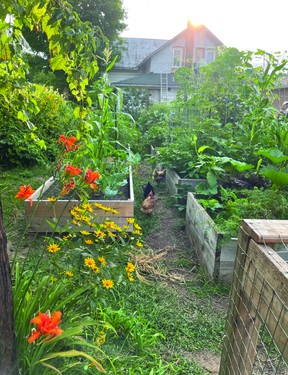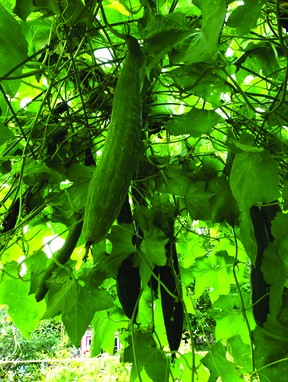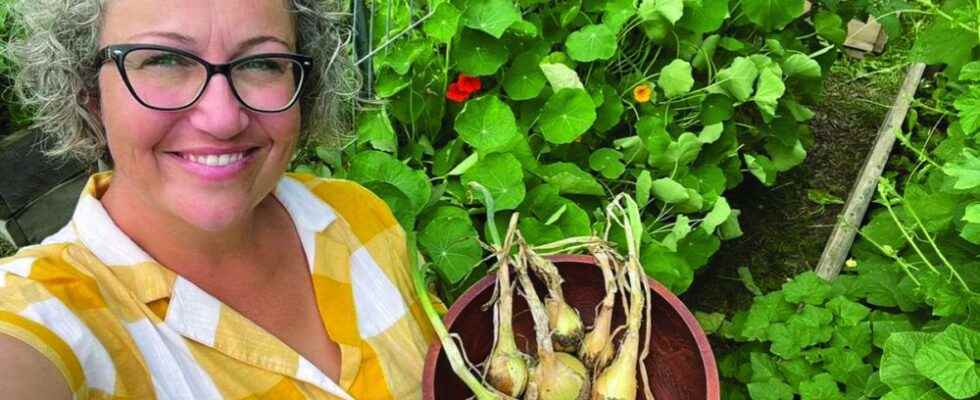They are popular as an alternative to using ocean sponges, but are also edible
Content item
Sponges for bathing or doing your dishes don’t only come out of the sea.
Content item
A Norwood gardener knows this well and has been so successful growing loofahs from seeds in the past two years that she is looking to do it on a commercial scale.
Dawn Guy says the vegetable (also spelled loofah) go like hot cakes through social media and at markets. And why wouldn’t they? They are all-natural and when they are worn out, they go right into compost to enrich the soil for another year of growing. This biodegradability is an attractive feature.
Smaller ones (up to half a foot in length) can also be eaten in stews, curries or stir fries, as well as raw.

A member of the gourd family that looks like a zucchini, the mature vegetable has a fibrous interior and can grow up to 30 inches in length, often several inches a day at times.
Guy starts her seeds in small pots in early spring. The well-established plants that come up then go into her raised beds and the fruit grows on vines where, if there is a long enough growing season (150 to 200 days), they dry on the vine, having turned a brownish colour.
Guy, however, picks off little ones to let larger ones grow even bigger.
Soaking the seeds and then planting them in smaller pots five or six weeks before transplanting is sound advice. They like warm soil and the seedlings should be hardened off before going into any garden. They do well in rich, composted, well-drained soil and bright sunshine where the vines can grow up to 10 yards long when conditions are right and there is a later fall frost.
Content item
Consistent moisture is important. Because they grow proliferate vines, they produce better on supports like trellis which permit the gourds to grow straighter. This is better than letting the vines run around over the ground where diseases and pests (although they are not that prone to either) could be more of a problem.
And because there are male and female flowers, some people hand pollinate rather than leaving it to nature.

The vegetables must be picked before a frost or the insides go mushy, Guy says, and it is this fibrous interior that is needed for these naturally grown bath and sponge body scrubbers that are so sought after. Her loofahs average 22 to 24 inches in length because she carefully manages the numbers growing on the vines at any one time. Rather than lose them to early frosts, Guy picks and peels them, cuts them in quarters and dries them in his oven.
Some people put the loofahs they grow into warm water to make it easier to remove the skin and shake the seeds out, and remove any pulp. A 10 per cent chlorine solution in a one-hour bath cleans it, and then it can be rinsed.
During the past two years, Guy has found that the loofahs are highly sought after. Within a few hours of posting their availability on social media, they are gone. Likewise, customers snap them up at markets, she said.
Overall they are not hard to grow and Guy said she is considering developing the crop on a commercial scale.
Guy is a member of the Northumberland Ontario Garden Exchange.
